How to Cook Rib of Beef Bone in Like a Restaurant
Every editorial product is independently selected, though we may be compensated or receive an affiliate commission if you buy something through our links. Ratings and prices are accurate and items are in stock as of time of publication.
Learning how to cook prime rib can be intimidating, but all you need is the right technique.
When it comes to meat, our everyday lineup is pretty average: chicken breast, pork tenderloin, ground beef—you get the idea. Although you can make some pretty spectacular dinners with these ingredients, they'll never be met with the same kind of celebratory excitement that comes from roasting a big, juicy cut like prime rib.
Learn how to cook prime rib on special occasions with our best tips and tricks for cooking prime rib. Follow along and you'll be carving up a celebration-worthy roast in no time. Check out these other extra-special holiday main dish recipes.
What Makes Prime Rib, uh, Prime?
Prime rib is sourced from the rib section of a cow, an area that's extra tender and marbled with fat. Marbling is the streaky white fat that runs throughout a good cut of meat. This type of meat packs plenty of flavor on its own, so it doesn't need to be marinated. These are the cuts of beef that every home cook should know.
Choosing Your Cut of Prime Rib
Go for bone-in prime rib. The bones help control the meat's temperature, insulating the meat as it cooks. The extra surface area on bone-in cuts prevents the temperature from rising too quickly, making sure your roast is nice and juicy. It will take longer to cook—but trust us, it's worth it!
If your butcher has strung your meat, go ahead and leave the twine on while you cook. This simply keeps the ribs attached to the roast. Just snip it off before you serve. Here are some more tips for getting the best meat and deals from the butcher.
Picking Your Pan
Our rib roast recipes usually call for you to lug out a large roasting pan, but a 13×9-inch dish works, too. If you're opting for this rack-free baking pan, however, layer the bottom with veggies and place your roast on top. We'd recommend a mirepoix (pronounced: MEER-pwah), which is a fancy French term for coarsely chopped onions, carrots and celery. The veggies will cook gently and help form a flavorful sauce from your drippings. We'll talk about serving your prime rib au jus below.
Now that you know the basics, let's get cooking!
How to Cook Prime Rib

Ingredients
- 1 large shallot, coarsely chopped
- 6 garlic cloves, quartered
- 3 tablespoons minced fresh rosemary or 1 tablespoon dried rosemary
- 2 tablespoons minced fresh oregano or 2 teaspoons dried oregano
- 2 tablespoons minced fresh thyme or 2 teaspoons dried thyme
- 2 tablespoons minced fresh sage or 2 teaspoons rubbed sage
- 2 tablespoons olive oil
- 3 teaspoons pepper
- 1 teaspoon salt
- 1 bone-in beef rib roast (4 pounds) brought to room temperature
- Mirepoix (optional): one onion, a few carrots and a handful of celery, coarsely chopped
Tools
Directions
Step 1: Season the meat

Preheat the oven to 350°F. While it's warming up, start the seasoning. For a shortcut, you can definitely use a pre-made mix, but it's easy enough to make your own from scratch. Begin by placing the shallot, garlic and herbs into a food processor; cover and pulse until it's finely chopped. Then add in oil, pepper and salt. Cover and process until it's blended. This will "wet" down the seasoning so it's easy to spread on your rib roast.
Rub the mix liberally over standing rib roast. Let it sit at room temperature about 30 minutes before roasting. This takes the chill off the meat surface, which aids in browning.
Test Kitchen Tip: For can't-miss flavor, cut slits into the roast and stuff with minced garlic.
Step 2: Set up the pan
Fill a roasting pan with the mirepoix and rest the meat on the rack. Place the prime rib fat side up, which will bathe the roast in its own flavorful juices as it cooks.
Test Kitchen Tip: Be sure the pan you choose isn't too large, which will cause the drippings to evaporate.
Step 3: Let your prime rib roast

Bake the meat until its internal temperature is 5 to 10 degrees below your desired doneness. We prefer prime rib that's somewhere in between rare and medium-rare. That'll take somewhere between 1-3/4 and 2-1/4 hours.
| Doneness | Temperature |
| Medium-Rare | 135° |
| Medium | 140° |
| Medium-Well | 145° |
Step 4: Let the prime rib stand

You may be tempted to cut into your steamy, herb-crusted roast, but let it rest for at least 15 minutes. This gives the juices time to absorb into the meat. For larger cuts, you might want to let it stand for 5 minutes longer.
Besides cutting into the meat too early, avoid these other mistakes everyone makes when cooking steak.
Step 5: Carve the prime rib and enjoy

If the bones are still attached, carve 'em off with a sharp knife. The easiest way to do this is to lift the roast onto its end using its protruding bone as a handle. Then glide the knife along the curve of the bone, detaching it from the rest of the meat. With the bones removed, you'll be able to slice roast as thick (or thin) as you'd like. This 4-pound roast will serve about eight people.
Test Kitchen Tip: While we often recommend that you cut against the grain for several other types of steak, Taste of Home Deputy Culinary Editor James Schend says that with prime rib, it's not as important to keep in mind. Because the meat is so tender on its own, and the direction of the grain is hard to detect for prime rib anyway, it's not something you need to worry about. You'll end up with tender, juicy prime rib no matter what way you cut.
How to Serve Prime Rib
Since prime rib is such a superstar, you don't need much to make a complete meal. Go classic with a roasted veggie side dish like rosemary carrots or lemony asparagus and a hearty helping of mashed potatoes. Don't forget to top your prime rib with one (or both!) of these sauces:
- Zesty horseradish sauce: In a small bowl, beat 1/2 cup heavy whipping cream until stiff peaks form. Fold in 1/4 cup fresh grated horseradish root, 1/2 teaspoon Dijon mustard and 1/4 teaspoon salt. Cover the sauce and refrigerate it 15 minutes before serving.
- Au jus: This French term simply translates to "with juice," referring to the natural juices from the meat as it roasts. Gather up the drippings from the bottom of the pan and whisk in about 1-1/2 cups of hot beef broth. Transfer the au jus to a gravy boat to serve.
Next, learn how to make au jus from those pan drippings.
How to Store Prime Rib
If you love a good roast beef sandwich, you're in luck: You can keep prime rib leftovers in the fridge for up to 4 days or in the freezer for up to 4 months. Whichever storage method you choose, tightly wrap the meat in plastic first. It tastes best (and stays juiciest) when freshly sliced, so we recommend storing the roast whole. To thaw prime rib, move the roast to the refrigerator 24 hours before you plan to dig in.
Try More Steakhouse Copycat Recipes
Source: https://www.tasteofhome.com/article/learn-how-to-cook-prime-rib/
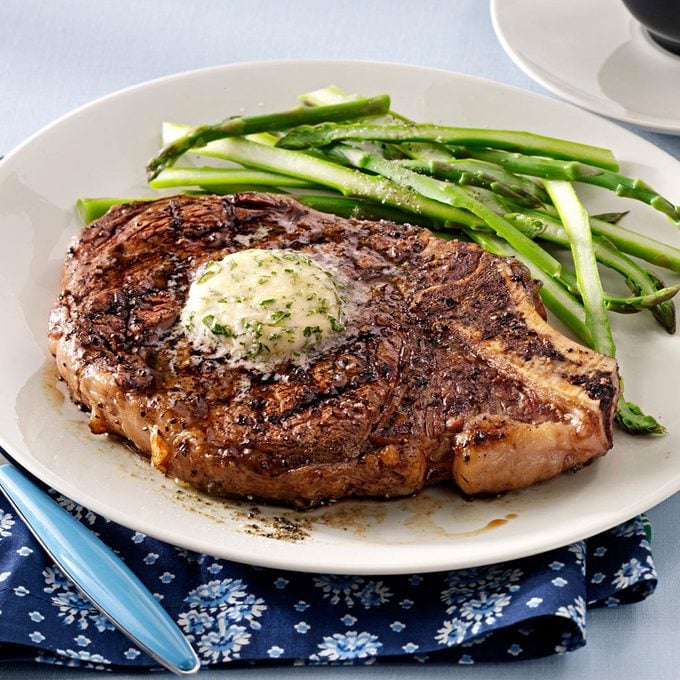
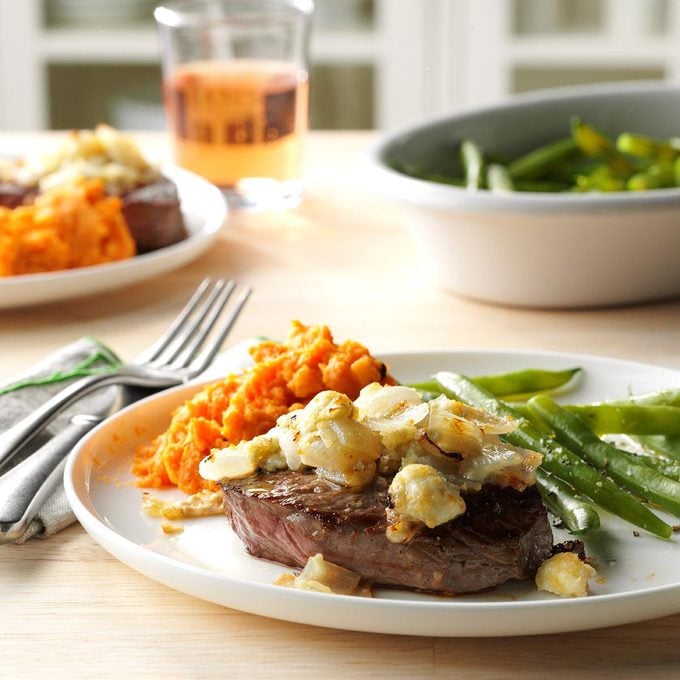
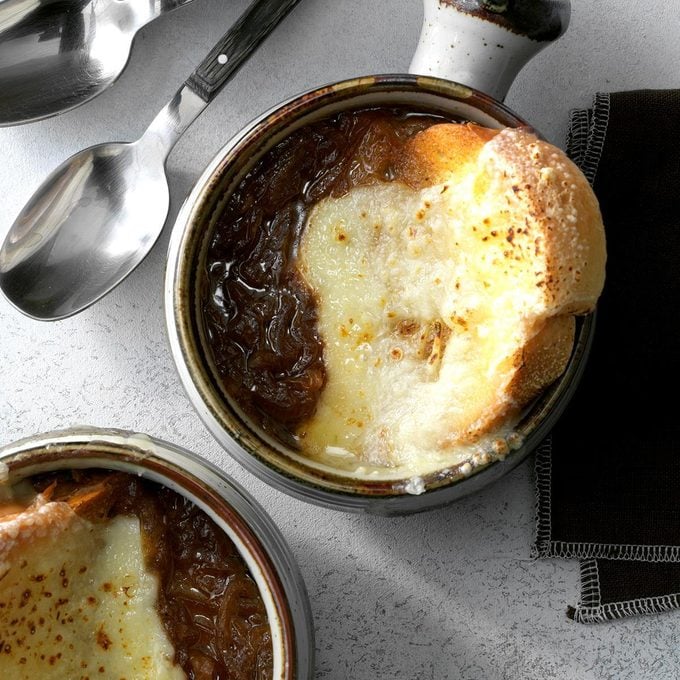

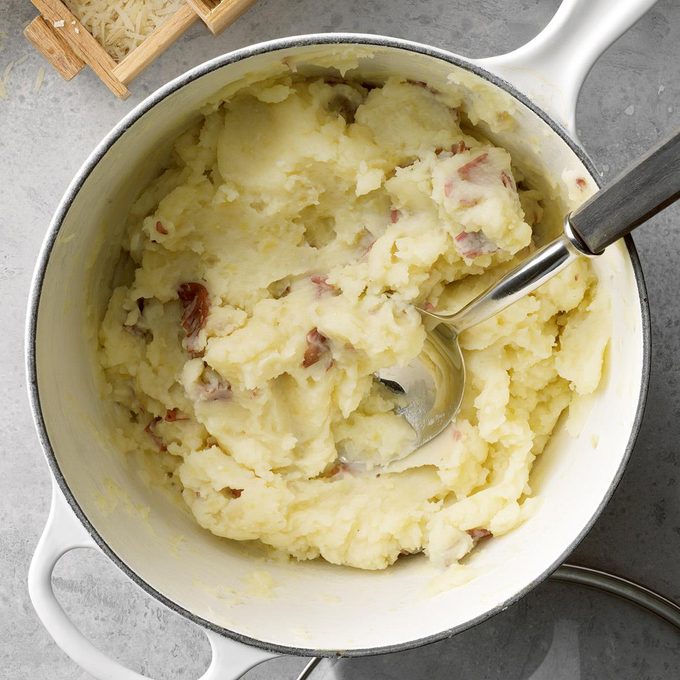

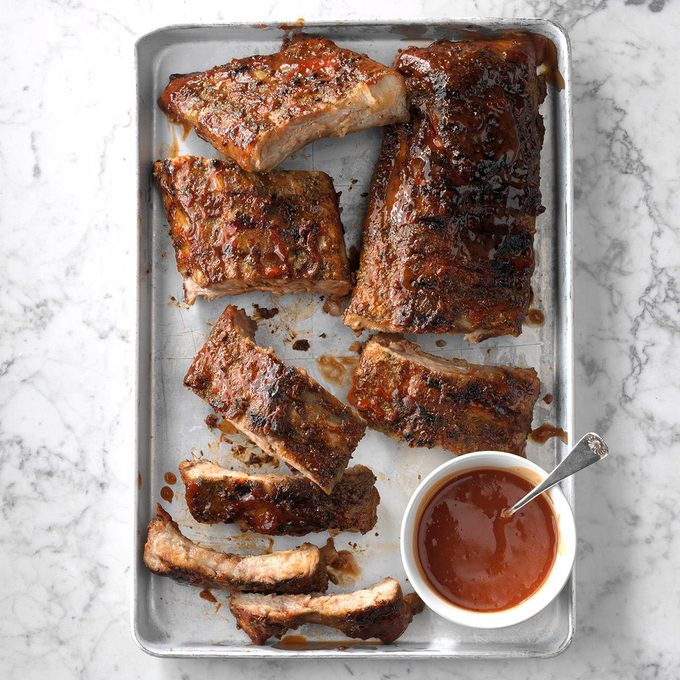
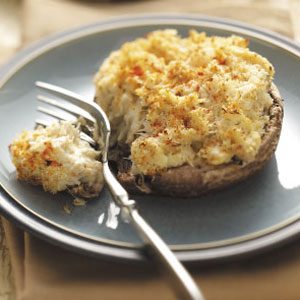
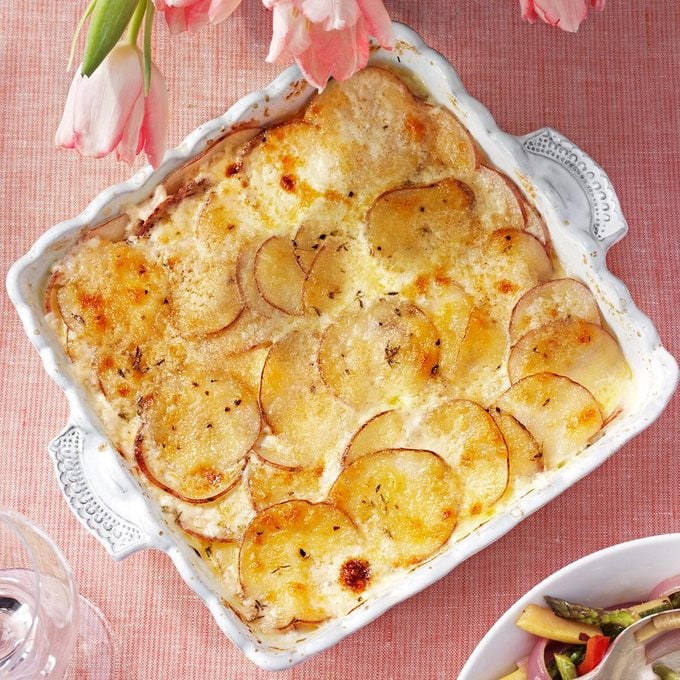
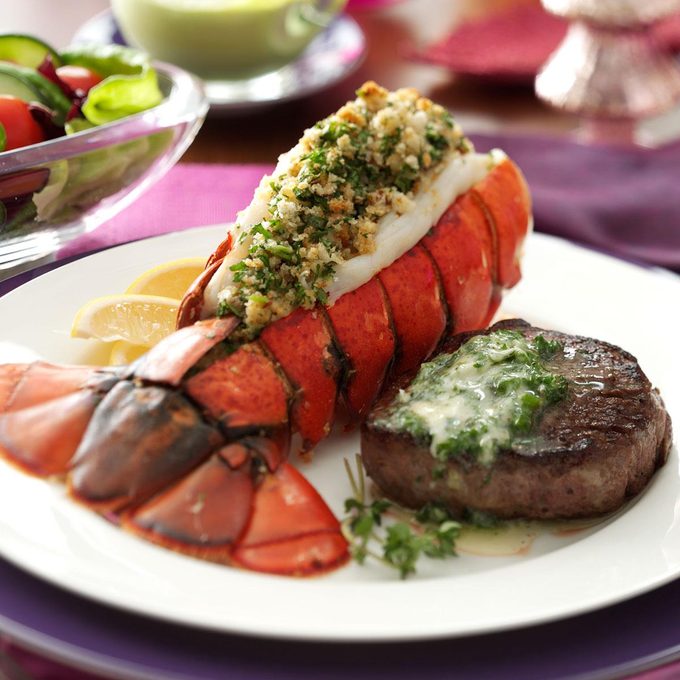
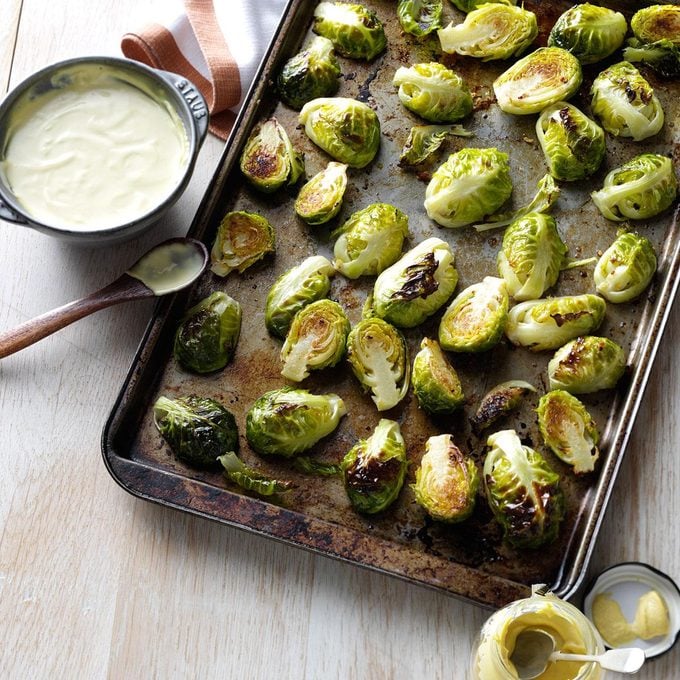
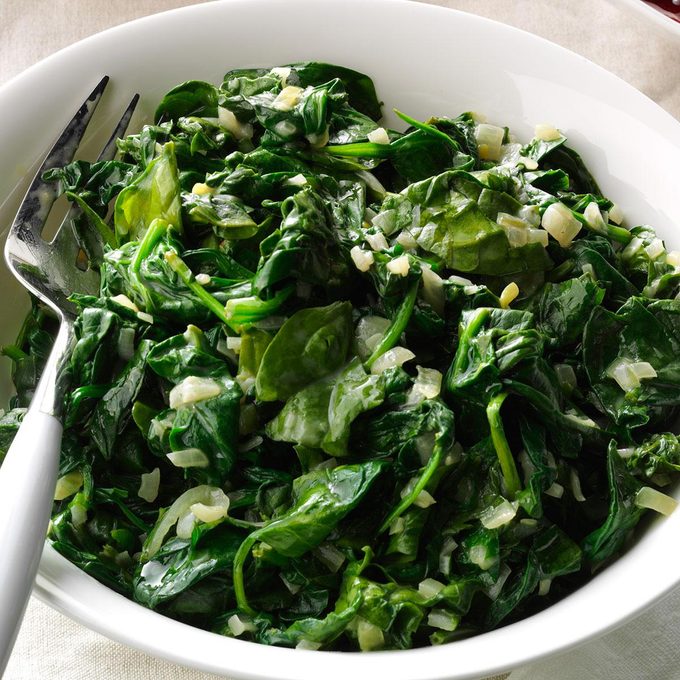
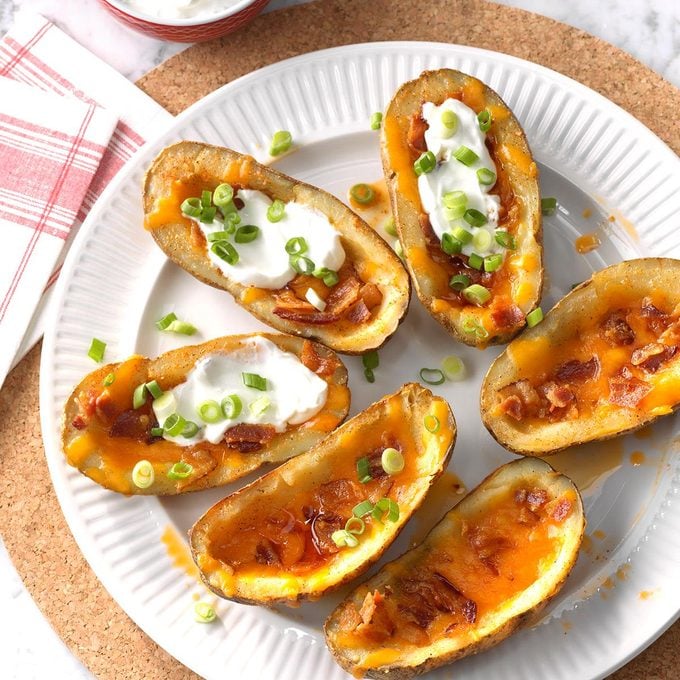

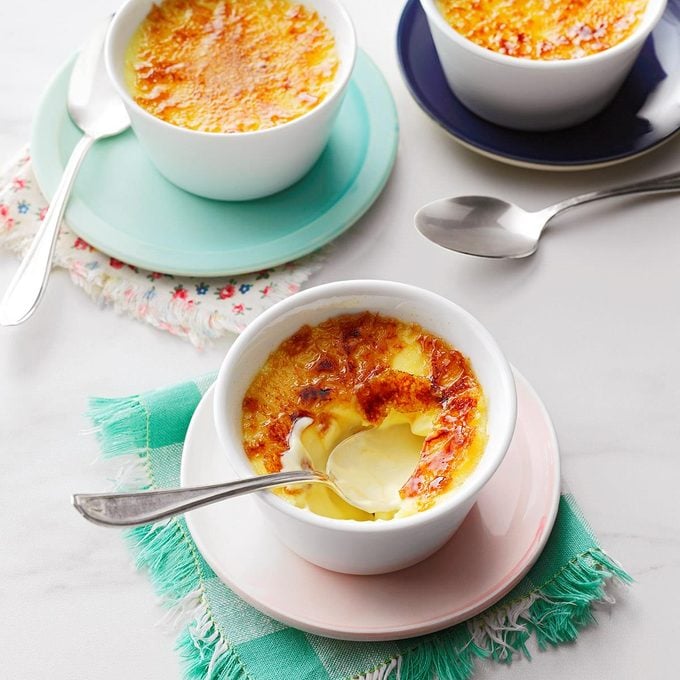
0 Response to "How to Cook Rib of Beef Bone in Like a Restaurant"
Post a Comment